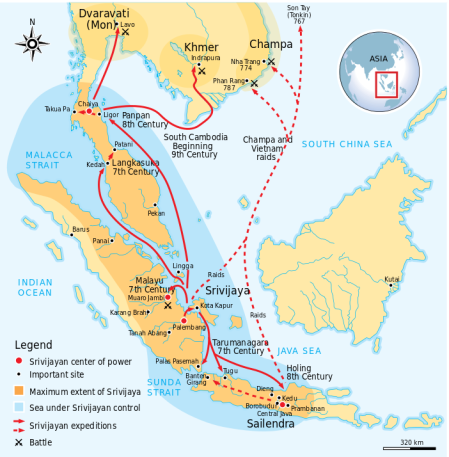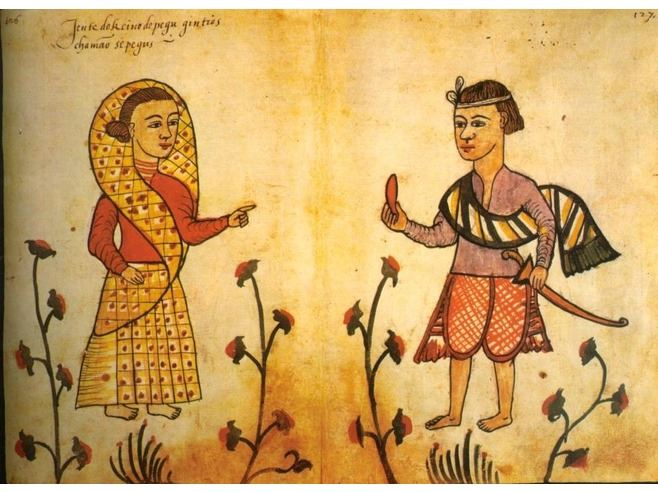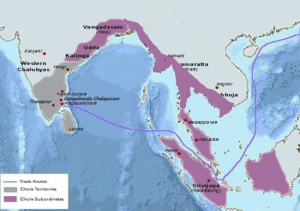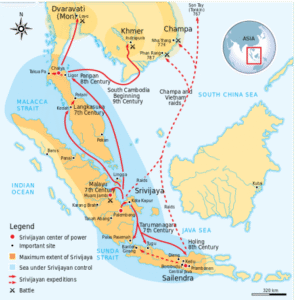By MMNN Editorial Team
Long before modern national borders existed, the lands we now call Myanmar were closely linked with the Indian subcontinent through religion, trade, law, and migration. Evidence from archaeology, ancient inscriptions, and colonial scholars reveals a deep and enduring Indian cultural footprint across Pyu, Mon, and Rakhine regions.
Heading Featured Picture Source : Ko Maung Khin. ၁၆ ရာစု မွန်တိုင်းရင်းသား ဝတ်စုံ။
People of the kingdom of Pegu . Gentiles . They call themselves Pegus . ( Excerpted from ” Images of the East in the sixteenth century – Reproduction Codex Portuguese Library Casanatense ‘ – National Press – Mint – Lisboa , 1985) Collection: Adventure Portuguese Pp . : 128

Cultural and trading relations between the powerful Chola dynasty of South India and the Southeast Asian Hindu kingdoms led the Bay of Bengal to be called “The Chola Lake”, and the Chola attacks on Srivijaya in the 10th century CE are the sole example of military attacks by Indian rulers against Southeast Asia. The Pala dynasty of Bengal, which controlled the heartland of Buddhist India, maintained close economic, cultural and religious ties, particularly with Srivijaya
Pyu: The Earliest Urban Civilization in Myanmar
- Pyu city-states flourished from the 1st century BCE and show strong Indian religious and political influence.
- Pyu kings styled themselves as Maharajas and adopted Gupta-style Sanskrit and South Indian scripts.
- Names such as “Vikrama Vishnu Varman” appear on Pyu inscriptions, echoing Indian dynastic traditions.
- Pyu settlements like Hanlin and Sri Ksetra traded with India and China; Chinese records note Pyu soldiers fighting in Nan Zhao campaigns.
Indian Settlements and Dynasties in Lower Burma
- Orissan colonists are said to have built pagodas in Lower Burma as early as 500 BCE.
- The Andhra dynasty from India established towns like Hanthawaddy and Syriam (Thanlyin).
- Mons (Talaings) who migrated from Telangana (South India) brought Indian religion, literature, and governance. They later founded Thaton and Bago (Pegu).
Rakhine (Arakan): Hindu Dynasties and Indian Ports
- The kingdom of Wesali was founded in 788 AD by Hindu Chandras, who ruled over Indianized populations and port cities receiving hundreds of ships yearly.
- Their capital, Vaisali, reflected Gupta-era Indian urban culture. Hinduism and Buddhism co-existed.
- Burmese settlement in Arakan occurred after the 10th century, indicating that early dynasties were likely Indian.
Cultural Transmission through Greater India
- Myanmar’s place in “Greater India” or the Indian Cultural Zone is evident in its scripts, legal systems, architecture, and religions.
- The spread of Buddhism and Hinduism from India via monks, traders, and royals created a network of Indianized states: Funan, Champa, Srivijaya, and Pagan among them.
- Scholars like George Coedès and Robert Lingat confirmed that Southeast Asian kings adopted Indian court rituals, laws (dharmashastra), and even hired Indian Brahmins for legitimacy.
Conclusion
Myanmar’s roots are inseparably tied to India’s ancient cultural and religious expansions. Recognizing this history helps us appreciate the shared heritage and complexity of Myanmar’s early civilizations—from Pyu inscriptions to Mon kingdoms and Rakhine port cities.
Instead of resenting this connection, we should acknowledge that civilization flowed across borders, enriching Myanmar with ideas and institutions that still shape it today.





